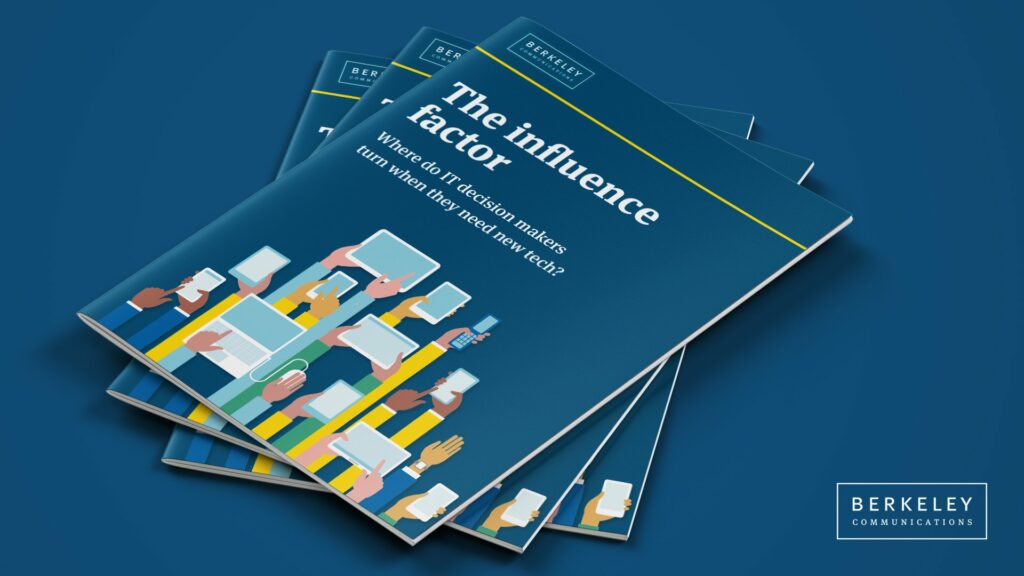Research and insights
Tech sales are booming – but who do consumers trust for recommendations?
Consumers want reviews from people like them
Word of mouth is still heard loud and clear
 Want to know who B2B tech buyers are influenced by?
Want to know who B2B tech buyers are influenced by?
Discover our latest research report: The influence factor: Where do IT decision makers turn when they need new tech?

